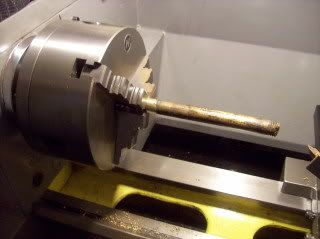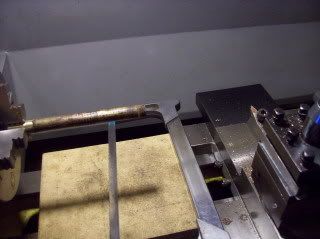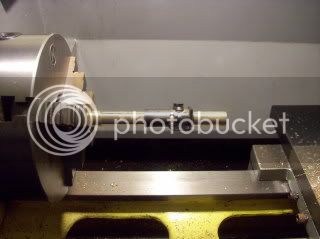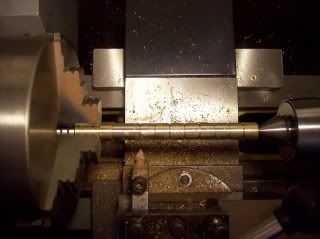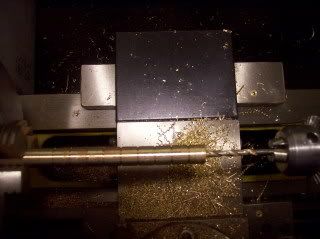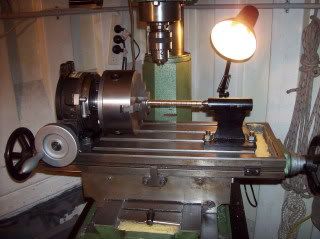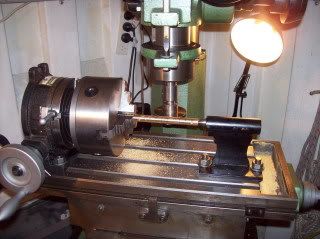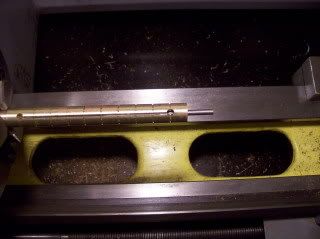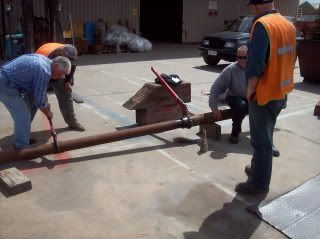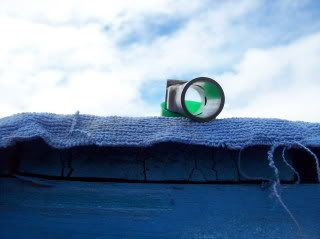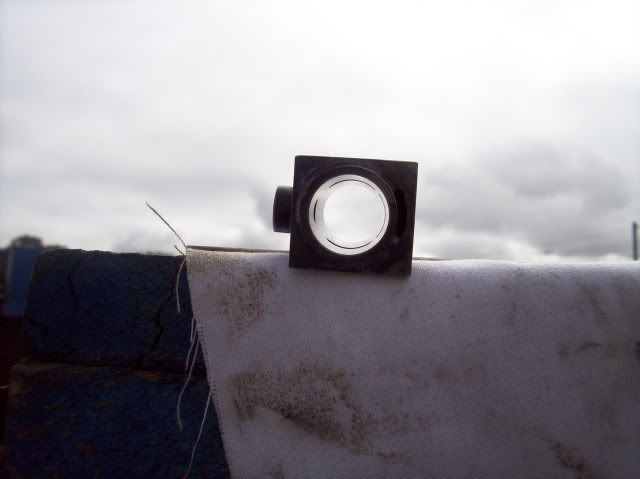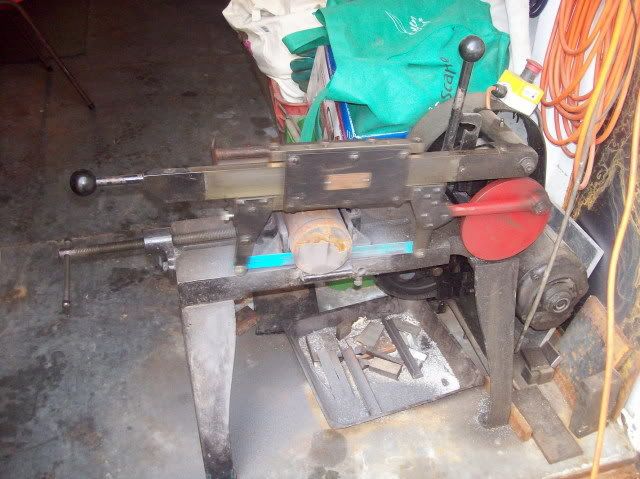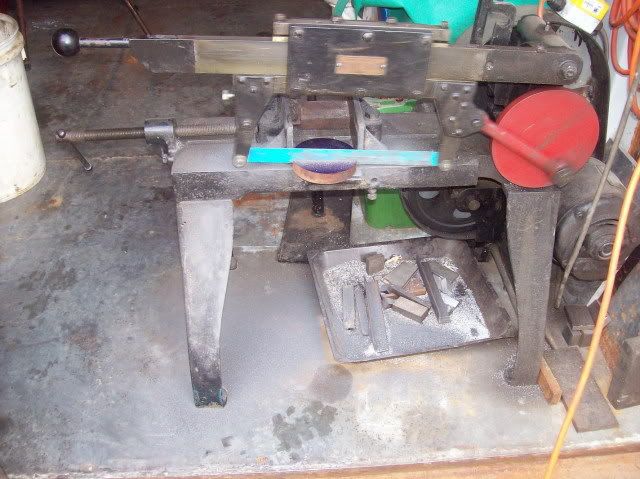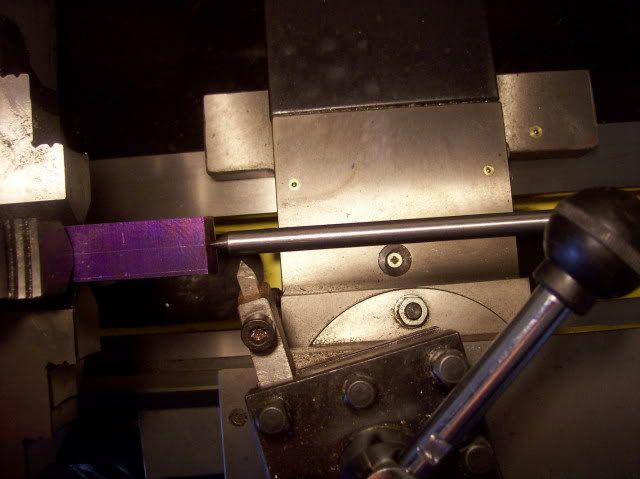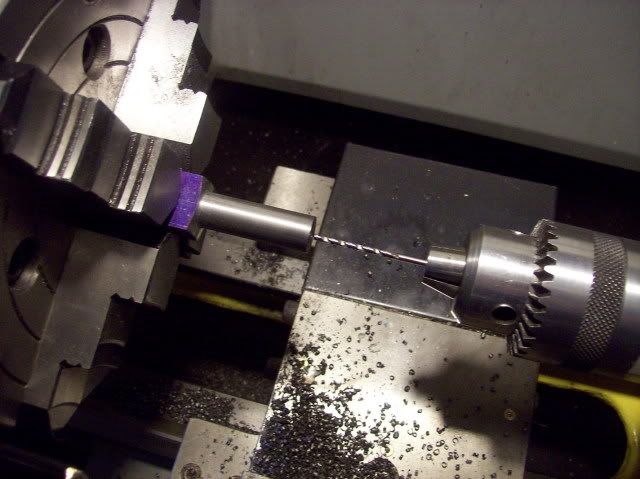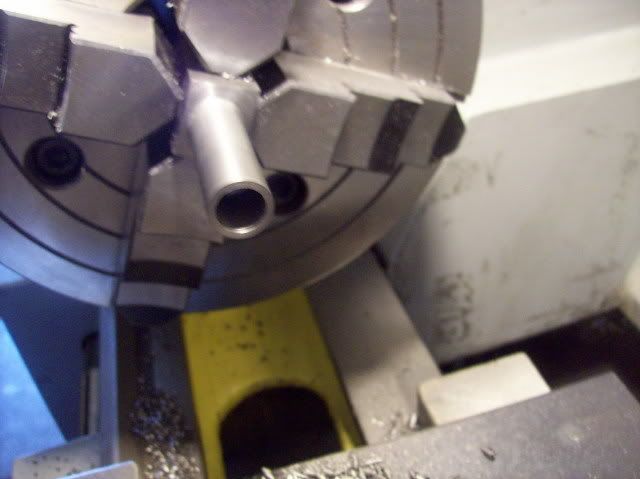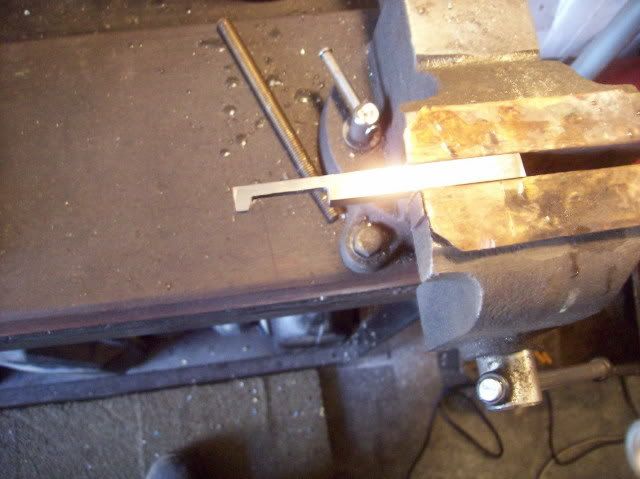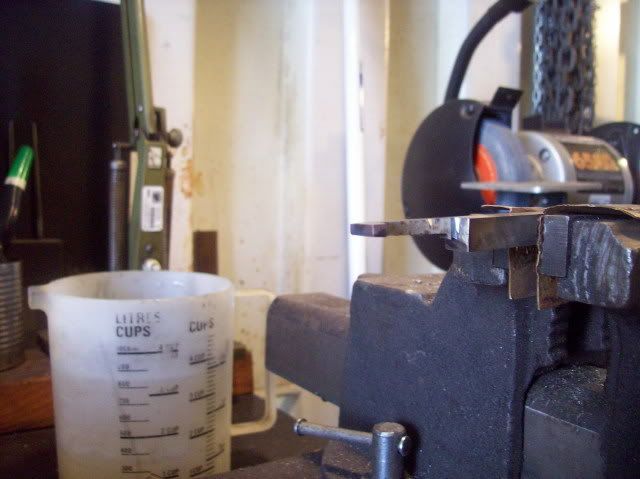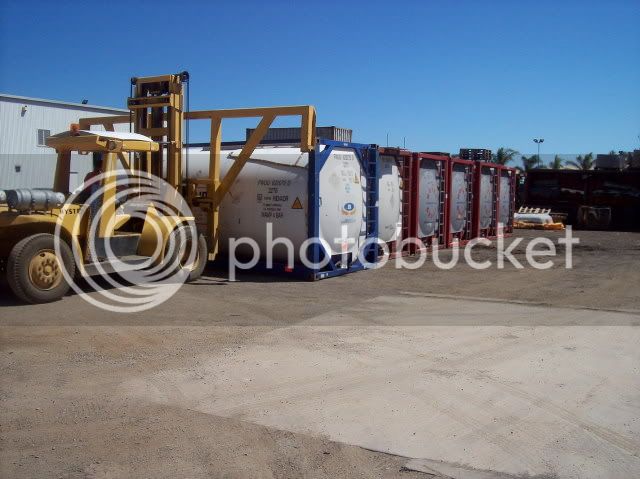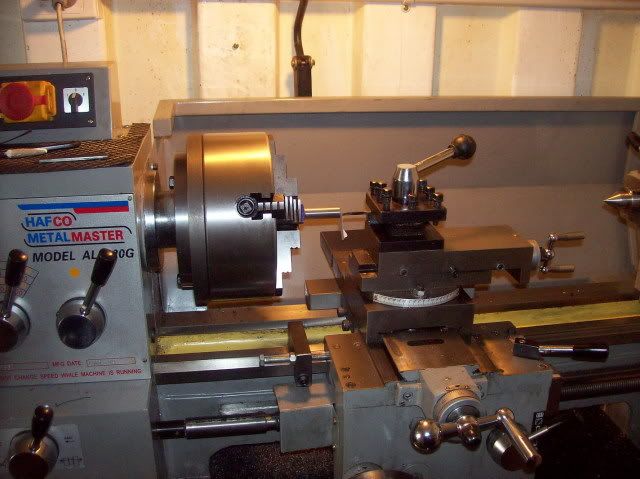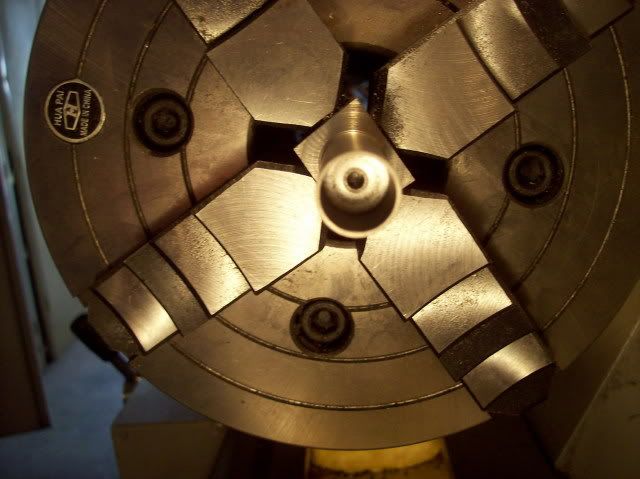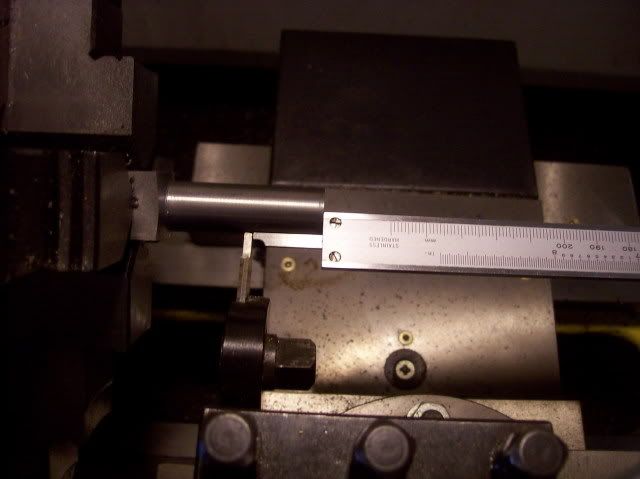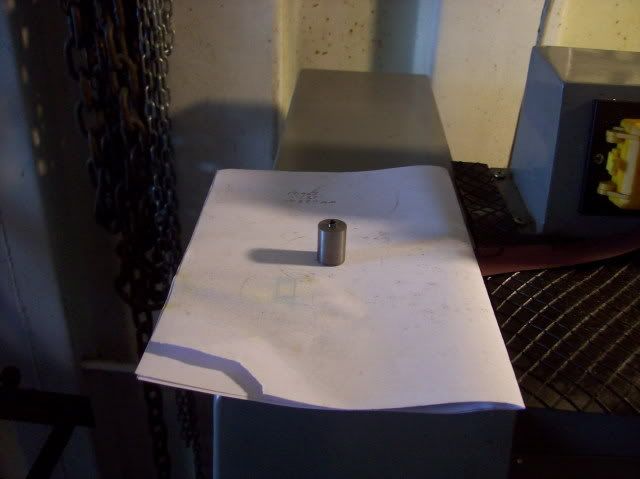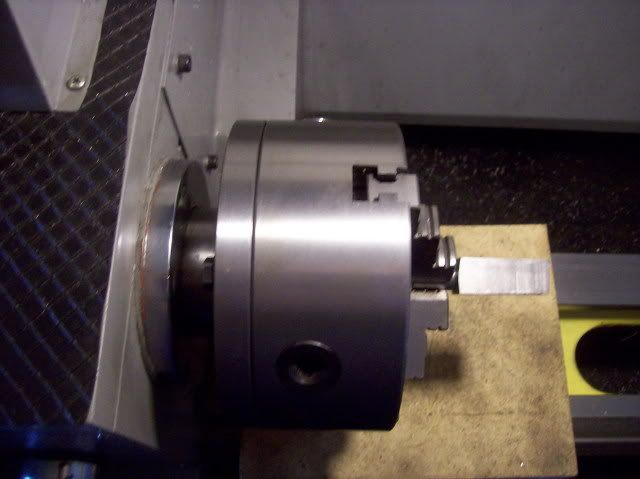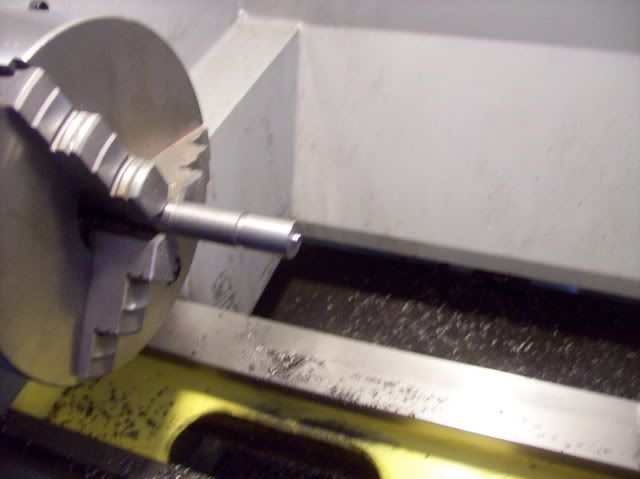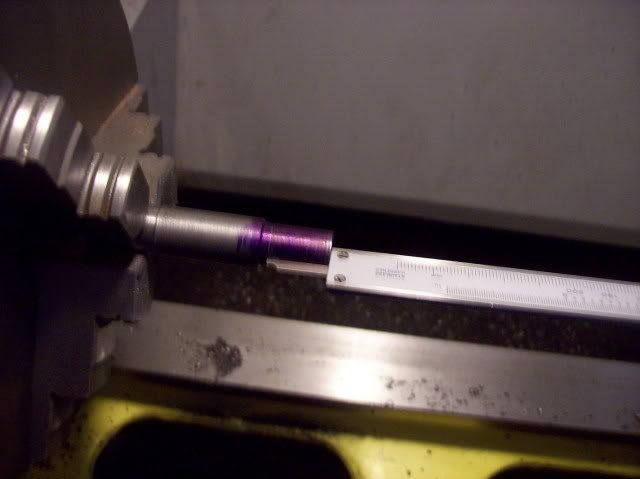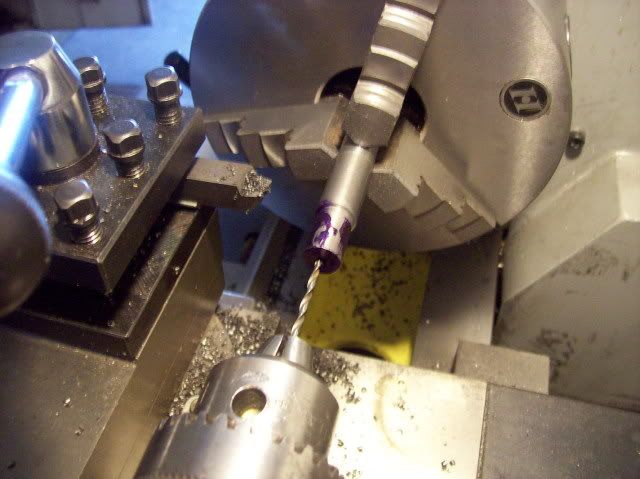Maryak
Well-Known Member
- Joined
- Sep 12, 2008
- Messages
- 4,990
- Reaction score
- 77
Thanks jack for your support 
No your correct - It's me
I was Fleet Manager, Marine Engineer, repairer restorer and anything nobody else wanted to do, which was most things involving my Spanish mate Manuel Labour.
Retired a year ago, (sort of), sold my yacht and the only boats I play with now are the one's in the bath. ;D
;D
Regards
Bob
No your correct - It's me
I was Fleet Manager, Marine Engineer, repairer restorer and anything nobody else wanted to do, which was most things involving my Spanish mate Manuel Labour.
Retired a year ago, (sort of), sold my yacht and the only boats I play with now are the one's in the bath.
Regards
Bob





